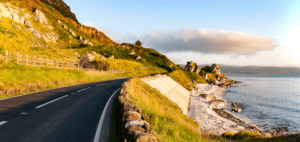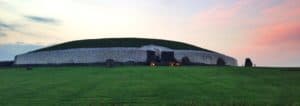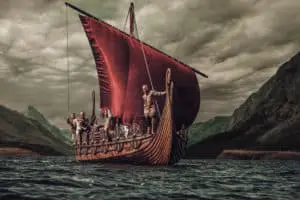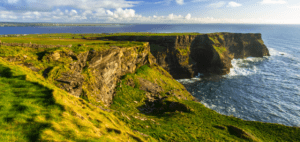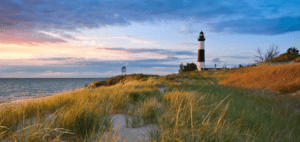Family Legends: Unravelling Irish Folklore Through Reader Contributions
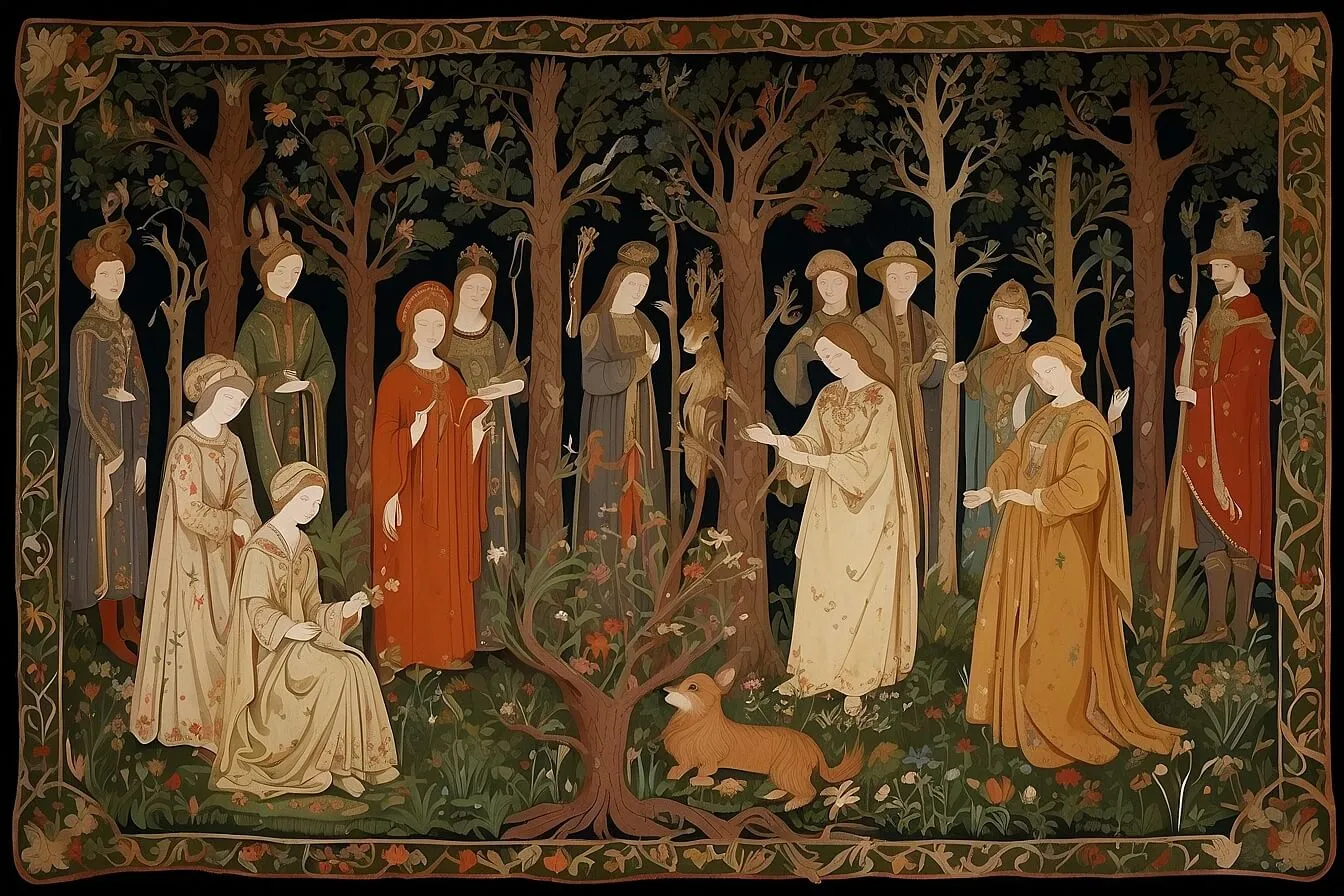
Updated On: April 24, 2024 by Yasmin Elwan
We at Connolly Cove are delighted to share a rich collection of family legends and stories that form the intricate tapestry of Irish folklore. Passed down through generations, these tales speak not just to the heart of Ireland but to the enduring human spirit of storytelling. From towering figures of myth to the supernatural beings that roam the glens and forests of Irish imagination, these legends offer us a glimpse into the past that continues to influence our present.
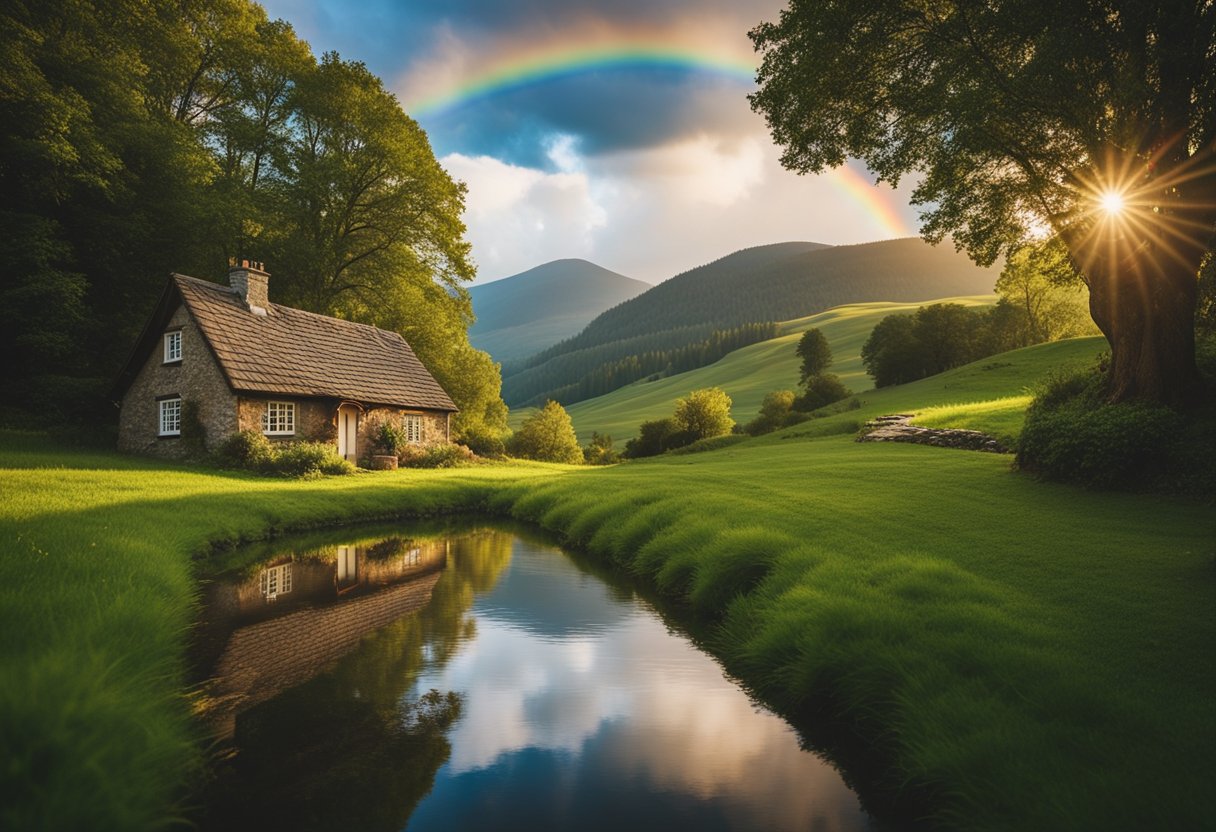
Our readers bring their own experiences and histories to these narratives, enriching our understanding of Ireland’s cultural and historical significance. Together, we explore how these myths, forged in the landscapes and landmarks of Ireland, have evolved through time, adapting to the influence of Christianity and Celtic mythology. The traditions of storytelling and art play a crucial role in preserving these stories, ensuring they remain a vibrant part of Irish heritage and continue to captivate audiences worldwide.
Roots of Irish Folklore
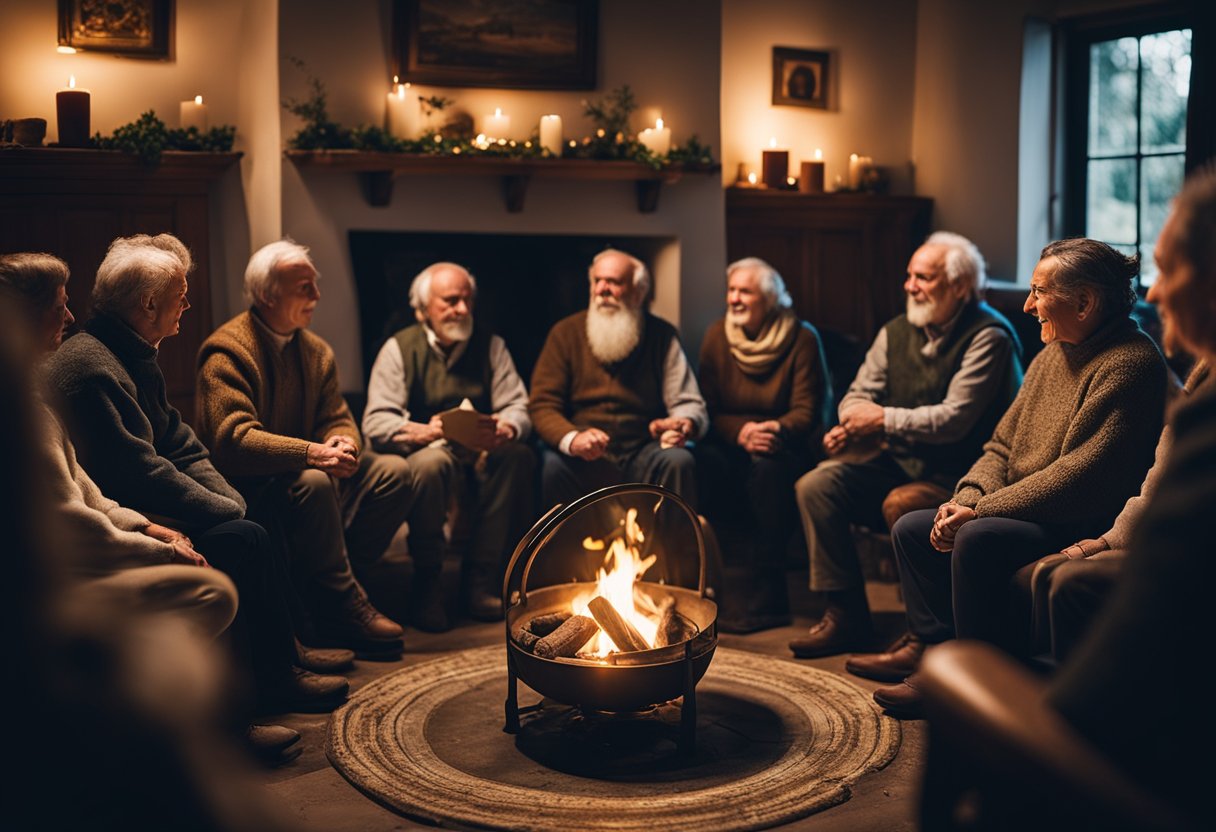
Irish folklore has its roots deeply embedded in our cultural heritage, passing down through the generations via a rich oral tradition. The very foundation of our cultural identity is formed by these stories, which have been shared and preserved by families across the centuries. These tales encompass both history and wisdom, offering insights into past lives and philosophies.
Our Ancestral Voice
- Oral Tradition: Vital for preserving stories before the advent of written records.
- Cultural Identity: Folklore helps define who we are as a people and connects us to our ancestors.
- Knowledge Transfer: Each story encapsulates lessons and knowledge of our forebears.
By telling and retelling these tales, we keep our traditions alive, ensuring that our ancestors’ voices continue to echo in modern times. This practice has sustained the ancient customs, beliefs, and moral codes that would have otherwise been lost.
The importance of folklore cannot be overstated; it melds together legendary characters, myths, and real historical figures. This blend allows us to understand our past and shapes our national consciousness. Stories like those of Cú Chulainn and the Children of Lir have not only entertained us but also imparted wisdom and moral lessons.
We must celebrate and maintain this precious legacy as it enriches our lives and provides us with a connection to our past that is both entertaining and instructive. It’s a part of us, as much as the blood in our veins, and we stand as the current custodians of this timeless oral tapestry.
Key Myths and Characters of Irish Mythology
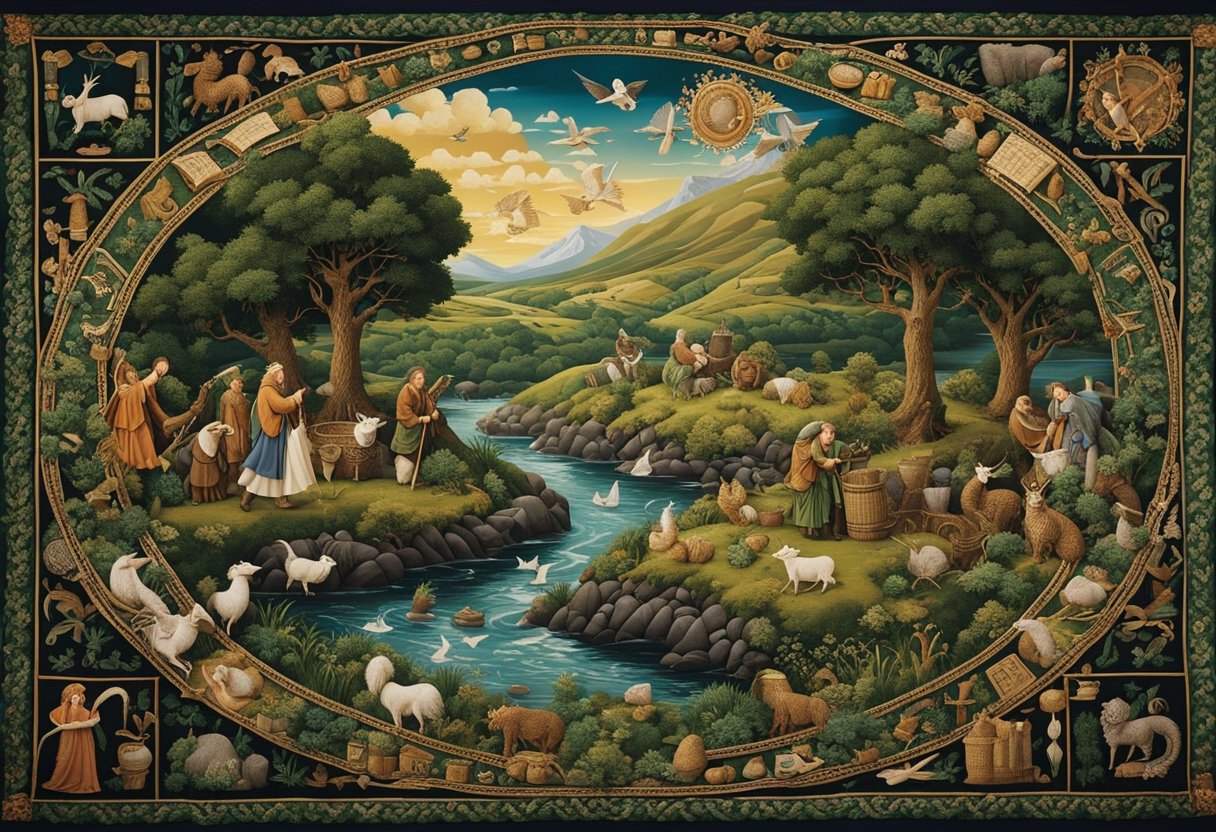
In this section, we delve into some quintessential elements of Irish mythology, focusing on revered deities, valiant heroes, and the enchanting creatures that inhabit the mythical Irish landscapes.
The Tuatha Dé Danann
Tuatha Dé Danann, a race of god-like beings, are central to Irish mythos, boasting incredible abilities and a pantheon of notable figures such as Lugh, the god of kings, warfare, and skills. They are celebrated for their sophisticated culture and magical prowess, eventually becoming the immortal ancestors of the Irish after being defeated and relegated to the Otherworld.
Legendary Heroes
Among the pantheon of Irish heroes, Cú Chulainn stands out; his extraordinary feats in the Ulster Cycle exemplify strength and honour. Another legendary figure, Fionn mac Cumhaill, leader of the warrior band, the Fianna, is renowned for his wisdom and valour, with tales like the Salmon of Knowledge attesting to his formidable intellect.
Mystical Creatures and the Otherworld
The mythology of Ireland is replete with mythical creatures; perhaps none is as ubiquitous as the leprechaun—the crafty little entity often associated with cobbling and treasure hoarding. Legends also recount the tragic tale of the Children of Lir, transformed into swans and destined to roam for years before regaining human form, a narrative that epitomises the intersection of the mortal world with the enchanted Otherworld.
Irish Fairytales and Supernatural Beings
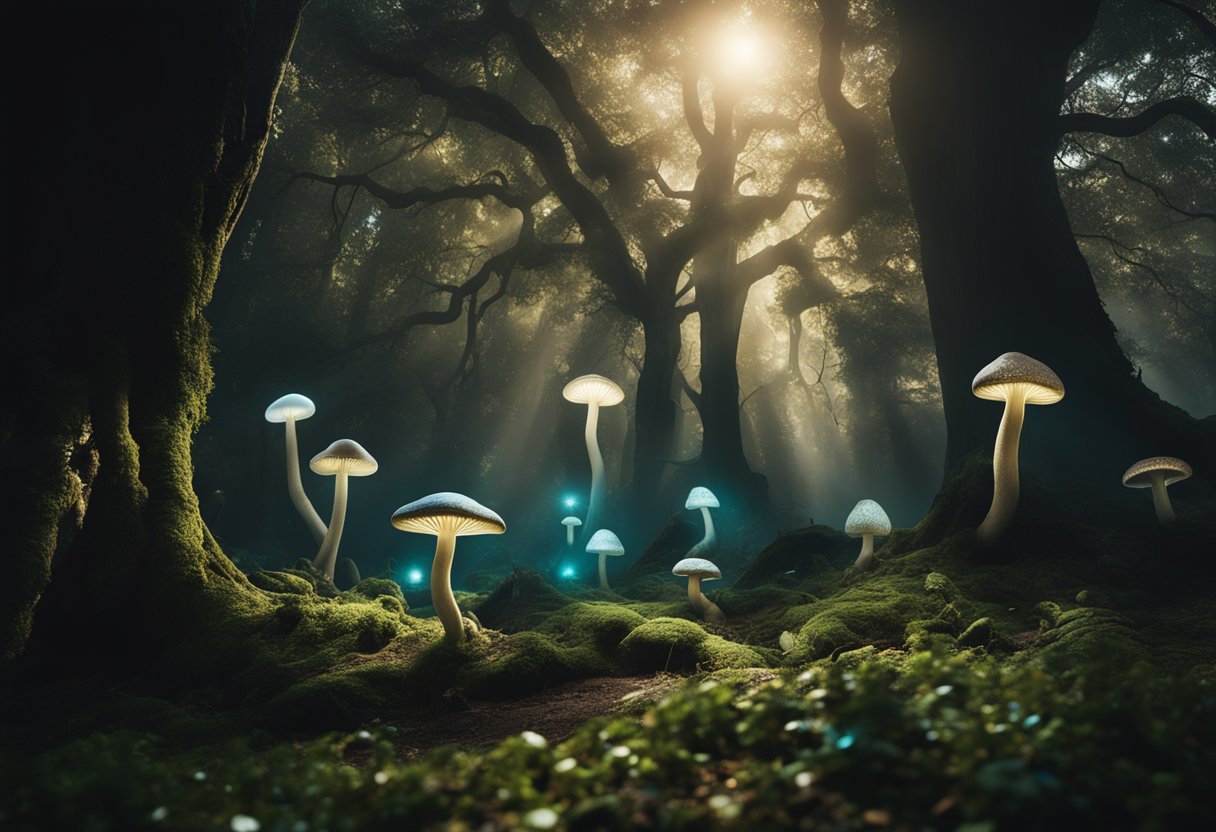
In this section, we explore the enchanting realm of Irish folklore, a world brimming with tales of supernatural beings that have captivated listeners for generations.
Banshees and the Aos Sí
Banshees, known in Irish as ‘bean sí’ (woman of the sídhe), are perhaps the most haunting figures in Irish lore. Traditionally viewed as omens of death, a banshee’s mournful wail is believed to foretell the passing of a family member. On the other hand, the Aos Sí refers to a broad range of supernatural beings, akin to fairies or elves, which inhabit the ancient barrows and raths dotting the Irish landscape. They are often considered the remnants of ancient gods, a reflection of Ireland’s polytheistic past, and are deeply respected and feared in equal measure.
Leprechauns and Pookas
Leprechauns are the most recognised of all Irish mythical creatures worldwide. Depicted as diminutive figures, they are cobblers by trade and are traditionally linked to a hidden pot of gold. The pooka, or in some spellings púca, is a shapeshifter of sorts, known for its ability to bring both good and bad fortune. These creatures embody the mischievous side of the supernatural spectrum, with stories often cautioning about the unpredictability of these entities.
Selkies and Giants
Selkies are mystical seal people who can shed their skins to become human. Known for their irresistible charm and tragic love tales that span the sea divide, selkies hold a special place within the maritime folklore of Ireland. Giants, significant not only in stature but also in their impact on the landscape, are best exemplified by the legendary Fionn mac Cumhaill. Some incredible formations, such as the Giant’s Causeway, are attributed to the actions of these towering figures, weaving together the fabric of geography and myth.
Our readers regularly share riveting family stories that reflect the rich tapestry of these Irish tales, keeping the legacy of these supernatural beings alive through generations.
The Influence of Christianity and Celtic Mythology
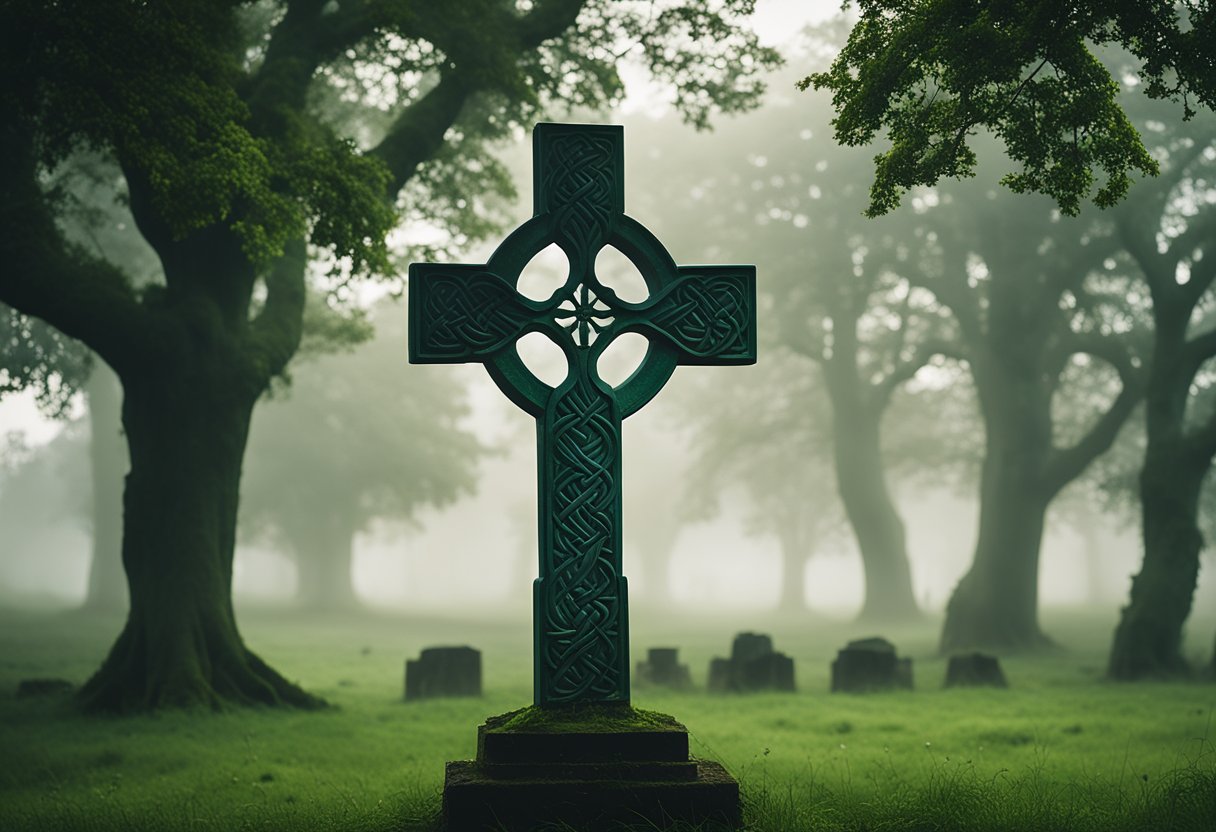
In our exploration of family legends and the rich tapestry of Irish folklore, we observe a fascinating intersection where Christianity and Celtic mythology converge. The synthesis of these belief systems has left an indelible mark on the narratives we cherish today.
Christianity, upon its arrival in Ireland, encountered a deeply ingrained polytheistic culture. The Celts worshipped a plethora of gods and goddesses, each with unique roles and stories. Rather than eradicating these beliefs, early Christian missionaries adopted a strategy of assimilation. They often converted traditional deities and spiritual figures into Christian saints. For example, the figure of St. Brigid is thought to have origins in the Celtic goddess of the same name, who was associated with fire, poetry, and healing.
As analysed in various articles, this blending of belief systems led to the Christianisation of many Celtic myths. Tales that once celebrated the feats of Celtic gods were transformed to include Christian morals and virtues. Nonetheless, these stories retained their core elements of magic, heroism, and connection to nature.
Articles on Christianity’s impact on Irish mythology elucidate how sacred sites and seasonal festivals were reimagined under the new religion. Pagan celebrations like Samhain were rebranded with Christian significance as All Hallows’ Eve, and Imbolc became associated with St. Brigid’s Day.
Our readers recount family legends where saints perform miracles reminiscent of the deeds of ancient heroes, indicating the depth of this cultural intertwining. The narrative of Cú Chulainn, a prominent figure in Irish lore, bears testament to the fusion, with medieval scribes adapting his stories to resonate with Christian audiences.
It’s undeniable that Christian influences have woven themselves into the fabric of Celtic tradition, creating a rich heritage of legends that we continue to share and celebrate. These stories not only provide entertainment but also serve as a means of imparting wisdom across generations.
Cultural and Historical Significance
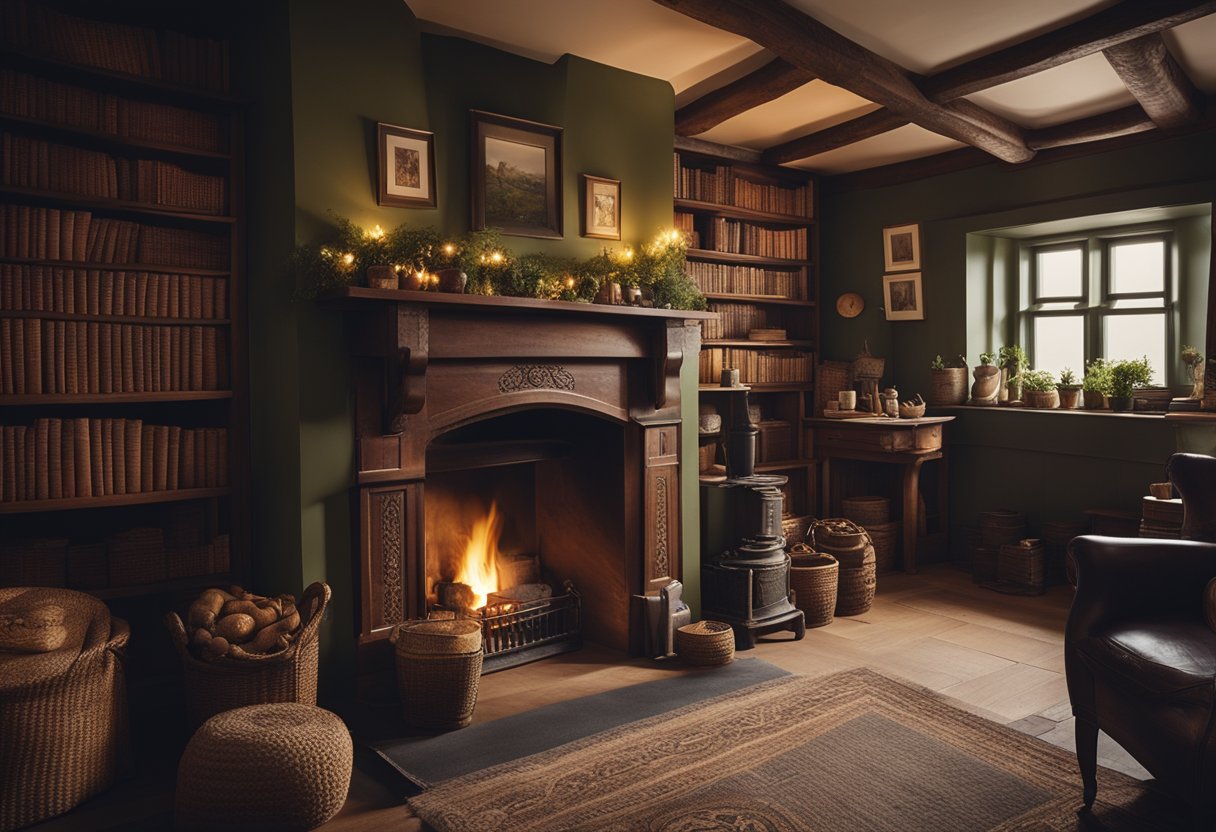
In exploring the depths of Ireland’s cultural narrative, we discover the profound impact of our folklore and legends. From the enchanting tales passed down orally by the Seanchaí to the communal revelry of festivals, our cultural heritage is a living testament to our history.
The Oral Tradition and Seanchaí
The heart of Irish cultural heritage has long been sustained by the oral tradition. Historically, the Seanchaí, or traditional storytellers, were revered custodians of lore and history, entrusting the past to future generations through vivid narratives. Their tales, enriched by an intimate connection with the community, have undeniably shaped our cultural consciousness.
Festivals and Community Gatherings
Irish festivals and gatherings serve as vibrant meeting points where folklore and culture interwine. With each communal celebration, be it St. Patrick’s Day or local harvest feasts, old stories permeate the merry atmosphere, forging bonds of shared heritage and national pride. These moments are both reflections of our cultural past and affirmations of its ongoing vitality.
Literature and Irish Literary Revival
The belated transmutation of oral traditions into the written word marked a poignant evolution of our cultural lore. The Irish Literary Revival, spearheaded by visionaries like William Butler Yeats, brought our myths and legends to the global stage. Literature became a mirror reflecting the essence of our collective memory, urging the world to recognise the profound significance threaded within the Irish cultural tapestry.
Traditions of Storytelling and Art
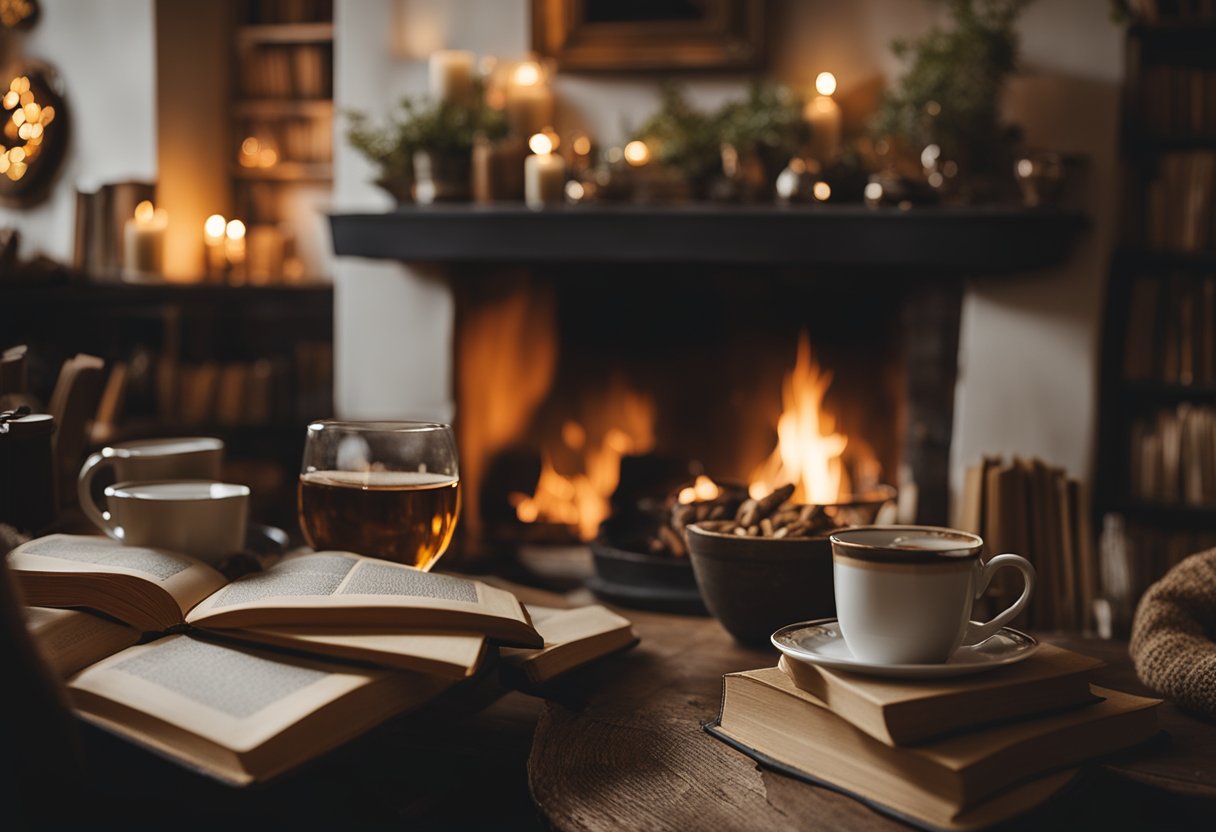
We understand that the heart of Irish culture is often conveyed through timeless storytelling and expressive arts. Reflecting a heritage steeped in oral tradition, every melody and brushstroke carries with it a story of the past.
The Role of Art in Folk Tales
Art has always played a pivotal role in the narrative of Irish folk tales. It’s not simply an embellishment but forms an intrinsic part of the storytelling fabric. We see this in the way characters and scenes from these tales have been immortalised in paintings, tapestries, and sculptures throughout the ages. Each of these artworks serves to bring a tangible form to the mythical creatures and legendary heroes that dance across the pages of Irish legend.
Music and Dance in Irish Legends
Irish legends pulse to the rhythm of music and dance. These two art forms breathe life into tales, with traditional instruments like the fiddle and bodhrán often underscoring the profound tales of yore. Dance, particularly in the form of Irish stepdance, gives these narratives motion, celebrating the triumphs and echoing the sorrows of the stories’ characters. Together, music and dance transcend being mere entertainment, becoming a vessel for carrying the tradition forward.
Landscapes and Landmarks in Folklore
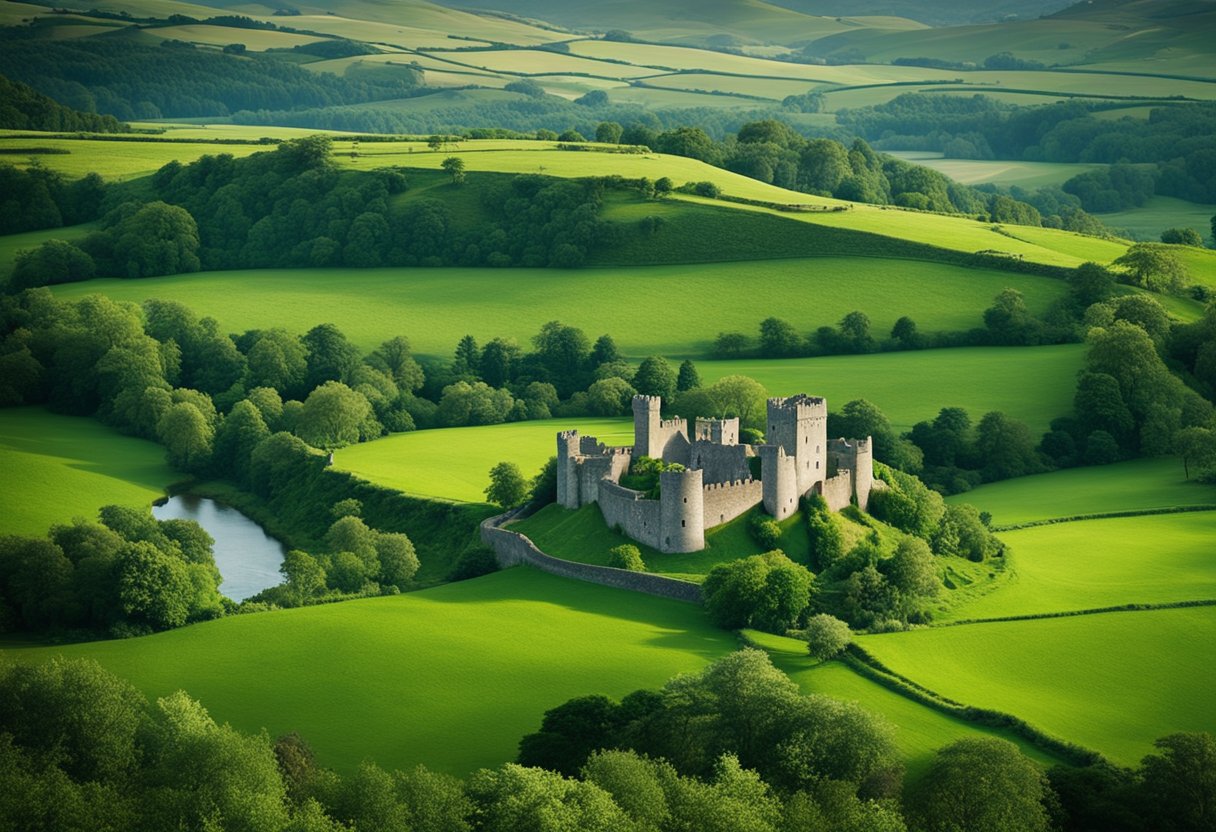
Ireland’s landscape serves as a canvas for the tapestry of folklore that enriches our cultural heritage. At the heart of these tales are the landmarks and landscapes that not only provide the setting for legendary exploits but also embody the lore of the land itself. Below, we detail some of the key elements that intertwine nature and mythology in Irish folklore.
Nature as Inspiration:
- Celtic mythology brims with tales where the natural world is a central player, deeply woven into the fabric of Irish folklore.
- Ireland’s rolling green hills, rugged coastlines, and mystical ancient sites are often personified, holding secrets and enchantments.
Landscapes in Legend:
- Ireland’s specific landscapes are often attributed with magical qualities and have given inspiration to countless myths.
| Landmark | Related Folklore |
|---|---|
| Giant’s Causeway | Fionn mac Cumhaill’s (Finn McCool’s) causeway creation |
| Hill of Tara | Seat of the High Kings and faerie encounters |
- Each site is shrouded in myth, interlinking the tangible environment with the world of spirits and gods.
- Nature’s Influence:
- The deep bond between the Irish people and their homeland is reflected in stories where nature is not just a backdrop, but a dynamic force of power and mystery.
Our readers share stories where nature acts as the source of wisdom, offering moral lessons and insights passed down through the ages. It is easy to understand why such landscapes become the bedrock of Irish folklore, harnessing the collective imagination and respect for a land teeming with stories waiting to be told.
The Evolution Family Legends and Their Adaptation
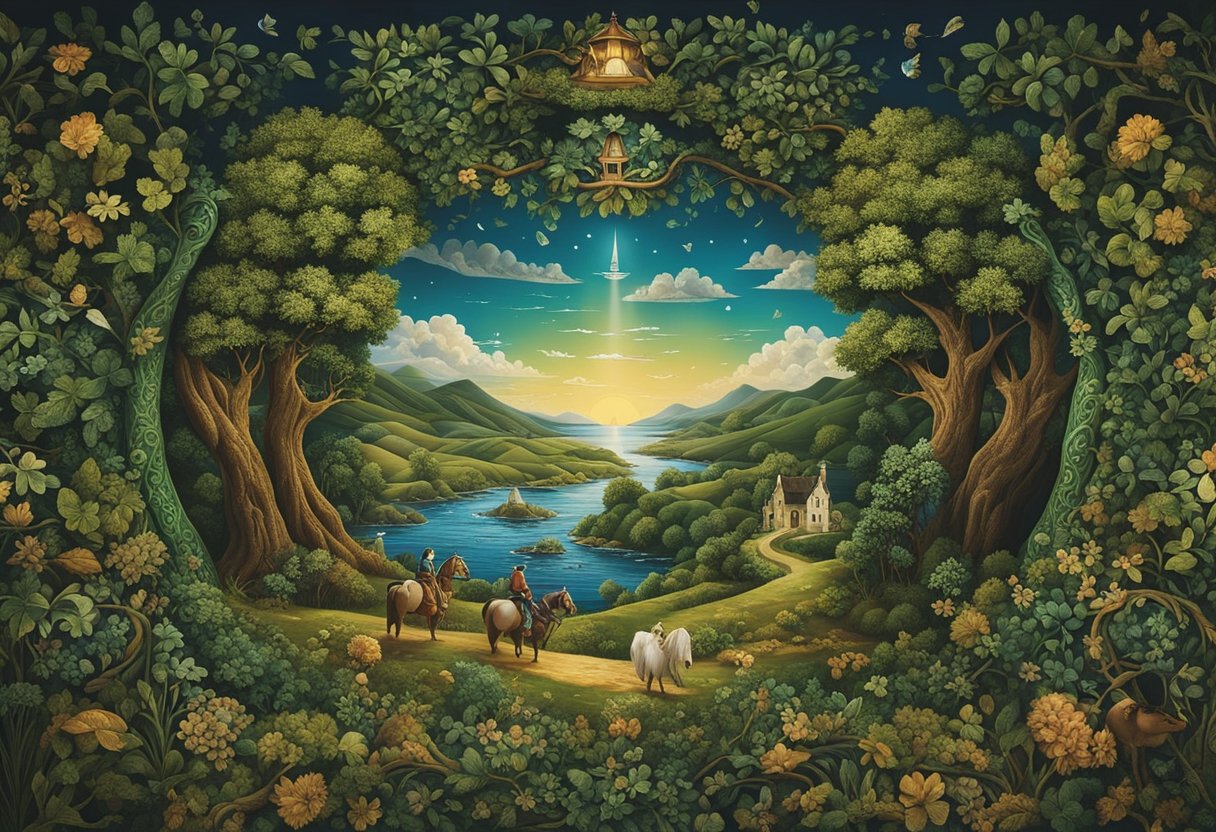
In our rich tapestry of Irish folklore, we’ve witnessed an extraordinary metamorphosis of stories and myths through the years. Our cherished tales have undergone continuous adaptation to remain relevant amidst changes in society, ensuring cultural preservation and allowing them to thrive as a living tradition.
Traditionally imparted orally, these stories were the community’s heart, pulsing with life and wisdom. With time, they transitioned from spoken words to the written form, a change that solidified their presence yet altered their nature. As the tellers of tales, we’ve observed the change over time, with narratives becoming more complex and characters gaining depth to reflect contemporary values and sensibilities.
- Change in Medium: From oral to print, and now digital forms.
- Cultural Context: Adaptations reflecting modernity while preserving folklore’s essence.
- Audience Evolution: Broader, diverse audiences have influenced the storytelling method and content.
In the process of natural evolution, adaptations have woven new elements into the old fabric, sometimes introducing newer characters or modifying plotlines to suit an ever-evolving audience’s palate. This blending of the old with the new ensures that folklore does not remain a relic of the past but a dynamic element of our present.
Irish folklore is not static; it’s a narrative in motion, continuously morphing to resonate with the populace. Adaptation is not just a process of change—it’s a means to immortalise these tales, enabling them to journey alongside us through time, preserving a connection to our heritage that is both unyielding and alive.
Preserving and Sharing Irish Folklore
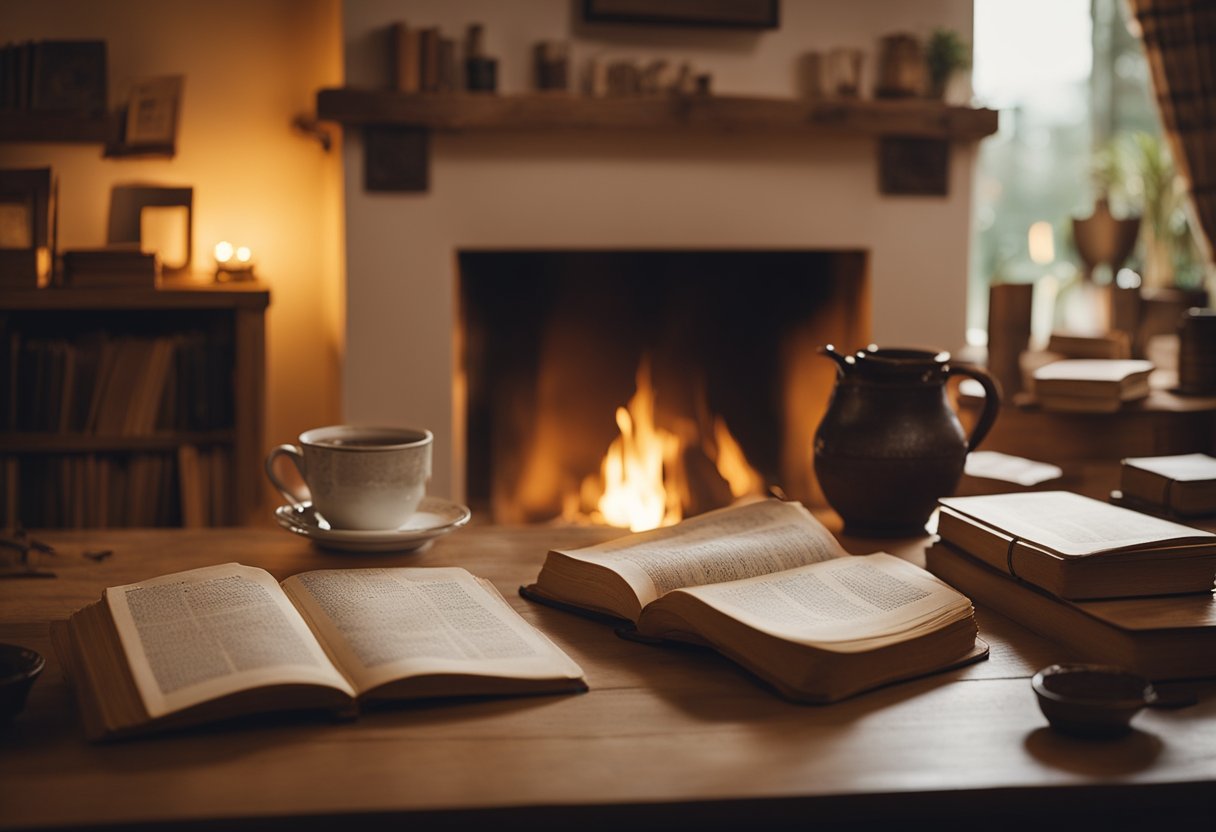
Irish folklore is a vibrant thread in the tapestry of cultural heritage, encompassing generations of storytelling that impart moral lessons and cherished values. Its preservation and dissemination are vital to keeping this rich tradition alive for future generations.
Role of Families and Generations
Families serve as the primary custodians of Irish folklore, each narrative often enhanced with personal touches, making these stories uniquely theirs. Through oral transmission, older family members pass down tales to the young, ensuring that the cultural fabric of our collective past isn’t lost. Anecdotes about legendary heroes like Cú Chulainn, bolstered by accounts from websites such as Traditional Irish Storytelling, resonate across ages, reinforcing a sense of identity and continuity.
Educational events at the Irish Centre and other cultural institutions help to immortalise these tales beyond the familial context. By sharing these stories, communities honour their ancestors and instil a value-driven legacy.
Educational Aspects and Morals
The narratives of Irish folklore are not just entertaining yarns; they encapsulate important moral lessons and educational values. The epic tales of the Fianna and Fenian Cycle, highlighted by Startpage, exemplify honour and bravery, serving as pedagogical tools to impart ethical behaviour to the young.
Teachers and educators leverage these stories to not only enhance literacy skills but also to foster moral development. Each story, replete with trials and tribulations, encourages listeners to reflect on their choices and actions, contributing to a robust moral compass nurtured from childhood.
Impact of Irish Myths on Modern Media

Irish folklore and mythology have left an indelible mark on modern media, inspiring a wealth of content that continues to enchant audiences around the globe. From folktales to grand mythological quests, these ancient narratives have found new life in today’s entertainment world.
One can observe the threads of these age-old legends woven into the fabric of modern retellings. In recent years, films such as “The Secret of Kells” have encapsulated the essence of Irish folklore and presented it through the medium of animation, capturing the imaginations of both young and old. Moreover, the adventure and depth of Irish myths are reflected in popular TV shows, where their influence is evident in the fantastical plots and complex characters.
In pop culture, the stories of heroes and mythical beings from Irish lore serve as a source of inspiration for various creative works, including novels, games, and music. These elements not only add depth to the stories but also pay homage to Ireland’s rich cultural tapestry.
Our readers have enthusiastically shared how these timeless tales resonate with them, affirming the powerful legacy of Ireland’s mythic past in contemporary storytelling. By embracing these traditional narratives, modern media continues to honour Ireland’s storied heritage and its contributions to the universal canon of folklore.
Securing the Future of Irish Legends
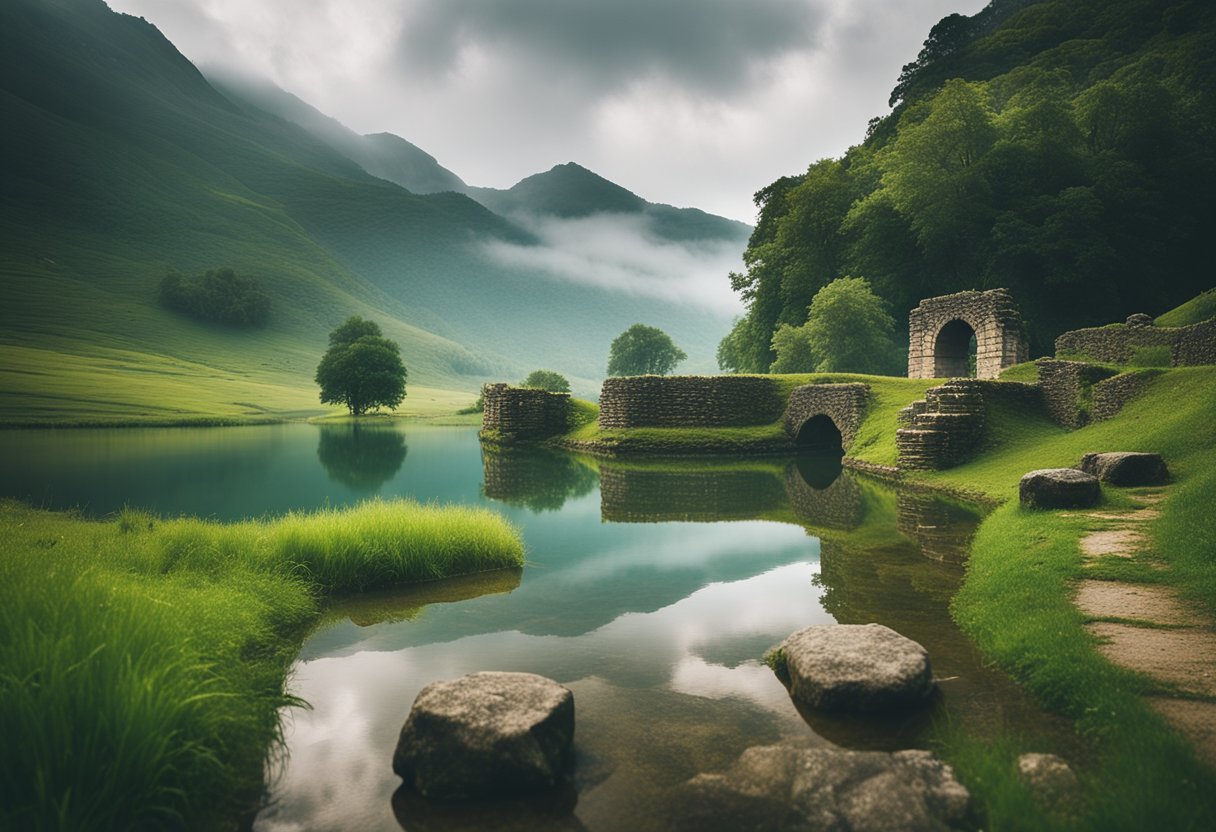
Irish folklore and legend are an intrinsic part of our national identity, embodying resilience, scholarship, and the enduring nature of our cultural heritage. In preserving these stories, we ensure that future generations inherit the wealth of knowledge and tradition that defines us.
Archives and Scholarly Work
Scholars play a critical role in the preservation of Irish legends, diligently compiling and cataloguing these stories in archives for posterity. Their work ensures that the intricate tapestry of our storytelling tradition, once at risk of being forgotten, remains accessible for both academic study and public enjoyment. Through books and scholarly articles, they contribute to a collective repository of knowledge that serves as the foundation for ongoing education about our rich folklore.
Community Engagement and Education
Our community forms the bedrock of efforts to sustain Irish legends. By infusing educational curricula with these tales, we foster a new generation educated in the complexities of our folklore. Local storytelling events and collaborations with platforms such as Connolly Cove are pivotal, allowing us to reach a global audience while celebrating our cultural heritage. This engagement nurtures a resilient community that is deeply connected with our shared history and eager to participate in the guardianship of Irish tales.
Frequently Asked Questions
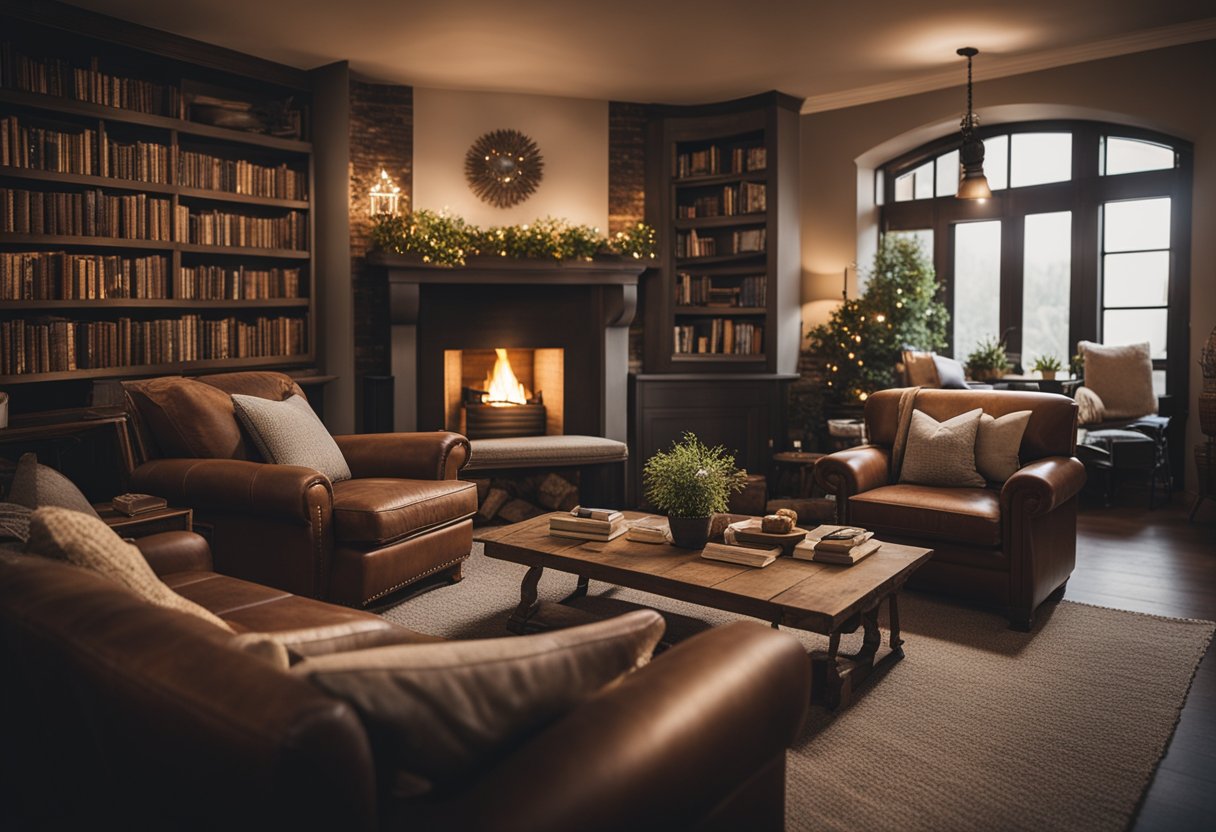
In this section, we address some of the most common inquiries about the rich tradition of Irish folklore and its significance in literature and culture.
Is there an upcoming novel by Rick Riordan that explores Irish mythology?
To the best of our knowledge, there is no confirmed news about Rick Riordan releasing a novel specifically centred on Irish mythology. His novels typically explore various mythologies, but Irish myths have not been the central theme of his major works thus far.
Which tale is considered the quintessential Irish myth?
The tale of Cú Chulainn, which is part of the Táin Bó Cúailnge, is often regarded as the quintessential Irish myth. It narrates the heroic deeds of Cú Chulainn and his battles, especially against the forces of Queen Medb of Connacht.
What term is commonly used to describe Irish folklore?
The term “folklore” is commonly used to describe the traditional stories, legends, and beliefs of Ireland. This encompasses a range of narratives, including faerie tales, myths, and folk tales passed down through generations.
What significance does Irish folklore hold in cultural studies?
Irish folklore is invaluable in cultural studies as it provides insight into the societal values, historical events, and collective psyche of the Irish people. It is a key component in understanding the cultural heritage and identity of Ireland.
Can you recommend any essential Irish folklore stories for beginners?
Yes, beginners looking to explore Irish folklore might start with the stories of the Fianna and the Fenian Cycle, particularly those involving the legendary Fionn mac Cumhaill. These tales offer a compelling introduction to the rich tapestry of Irish legends and the mythical past.
How has Irish folklore influenced modern literature and storytelling?
Irish folklore has had a profound influence on modern literature and storytelling, inspiring countless works across various genres. Elements of Irish mythology can be found in contemporary fantasy, as well as in the thematic depth of literary fiction, where its motifs and archetypes add layers of meaning.


